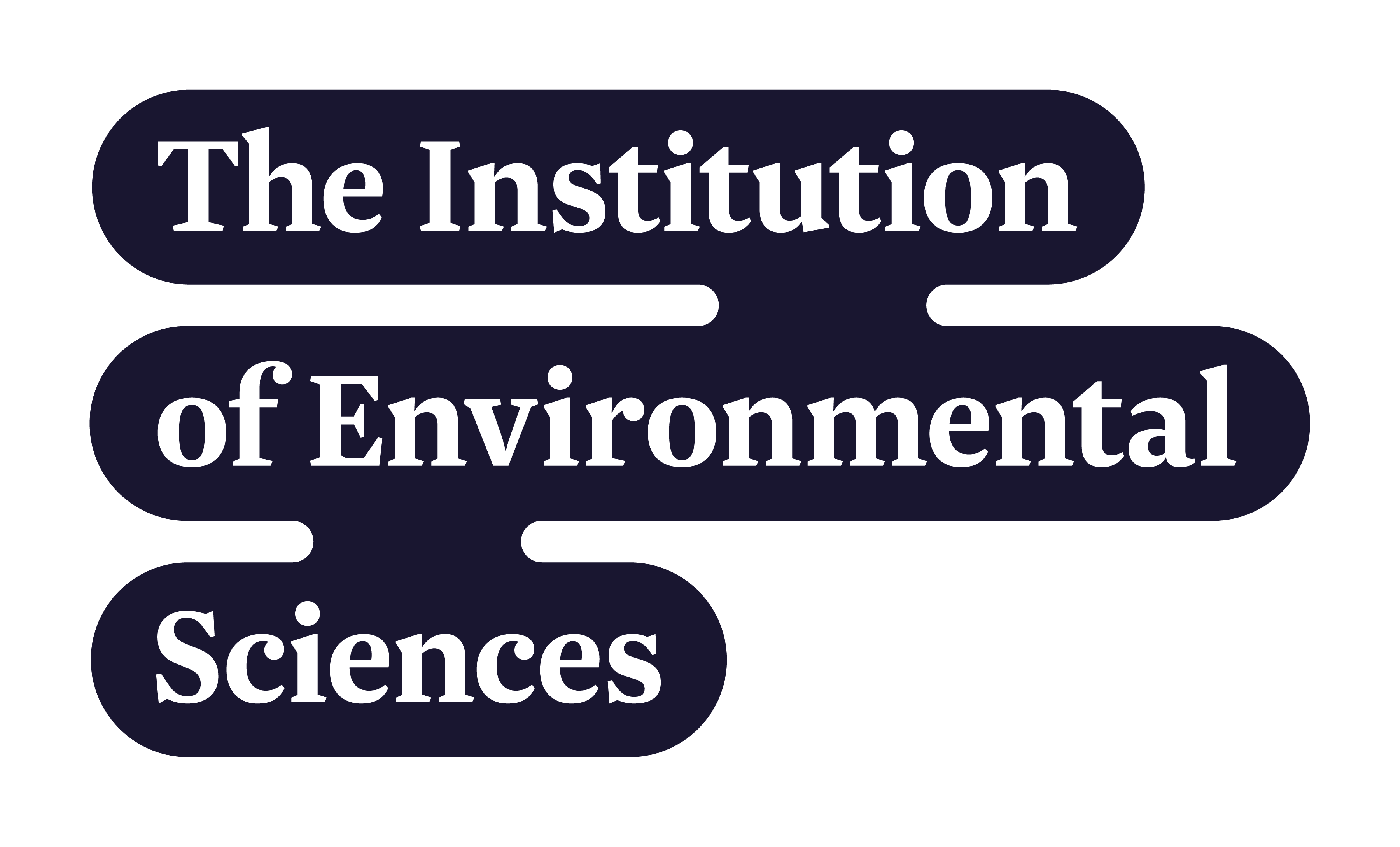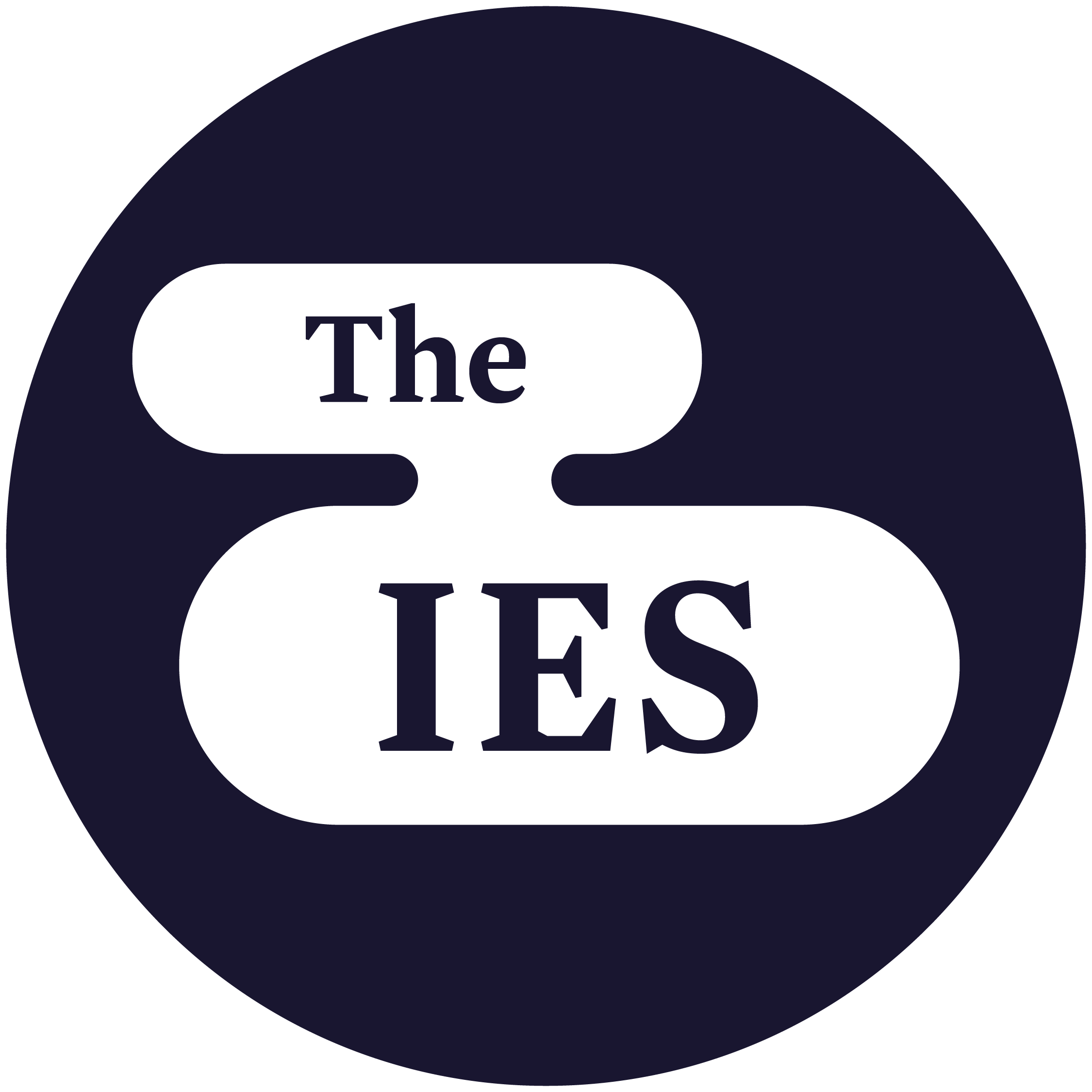Institute of Air Quality Management
Supporting excellence and technical competence in the air quality profession
Collaborating for clean air
The Institute of Air Quality Management (IAQM) is a member-led organisation within the IES family supporting excellence and technical competence in the air quality profession. As the authoritative voice for air quality professionals in the UK, the IAQM develops sector-leading technical guidance to support a robust, science-based approach to improving air quality. They collaborate with other environmental specialisms as part of the wider IES family, fostering interdisciplinary solutions to air quality challenges.
The IAQM’s mission is to empower air quality professionals across sectors by providing a supportive community that fosters knowledge exchange, professional development, and advocacy for clean air.

The pre-eminent organisation for Air Quality professionals
IAQM has competency-based membership levels that recognise and signal the expertise and commitment of their members to continuous professional development (CPD). IAQM membership grades mirror the IES grades, ranging from Affiliate to Fellow, providing support at all stages of a person’s career. The IAQM has a dedicated Early Careers Network, which provides tailored support for those at the start of their career.
By joining the IAQM, members become part of a dynamic community dedicated to delivering clean air and creating a healthier, more sustainable world.







